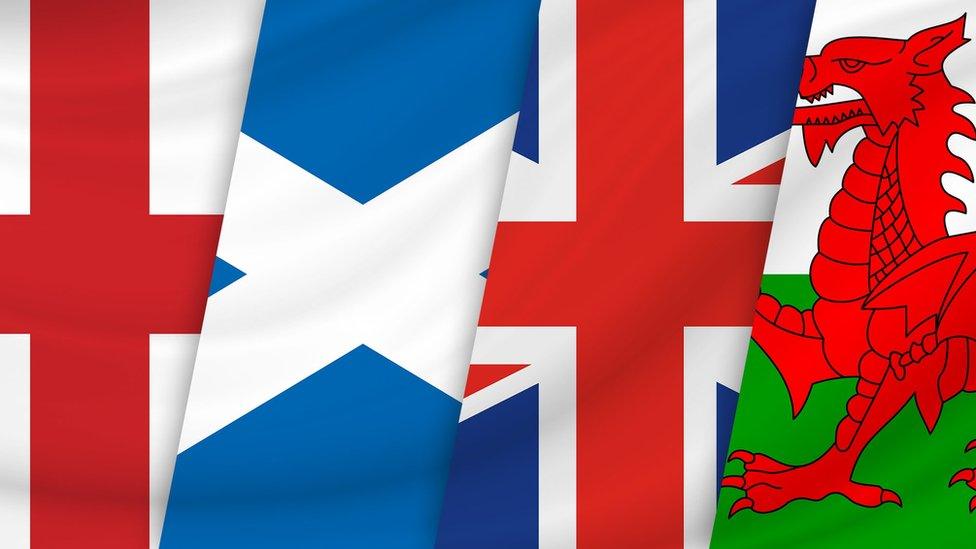The local revolutions planned in three counties
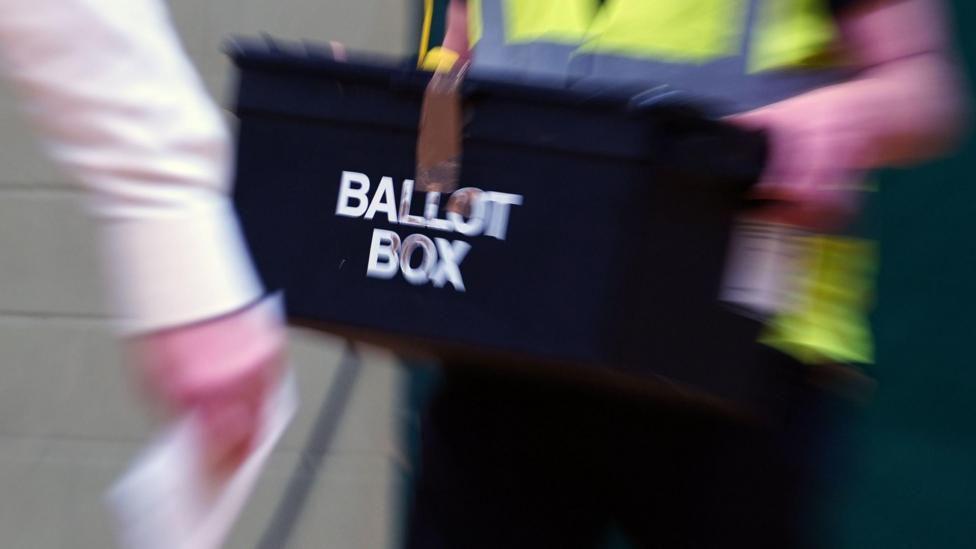
The government said creating unitary councils would improve services and save money
- Published
The biggest local government reorganisation in a generation is meant to put political power closer to voters' homes, according to those behind the scheme, along with a major shakeup of rural councils.
The government said creating unitary councils would simplify local government, improve services and save taxpayers money.
In both Warwickshire and Worcestershire, the plans could mean none of the current authorities in each region would exist by 2028, instead being replaced with single, unitary authorities.
Elsewhere, Staffordshire County Council has proposed an east-west split for combining existing local authorities in Staffordshire.
Central government will have the final say on all their plans.
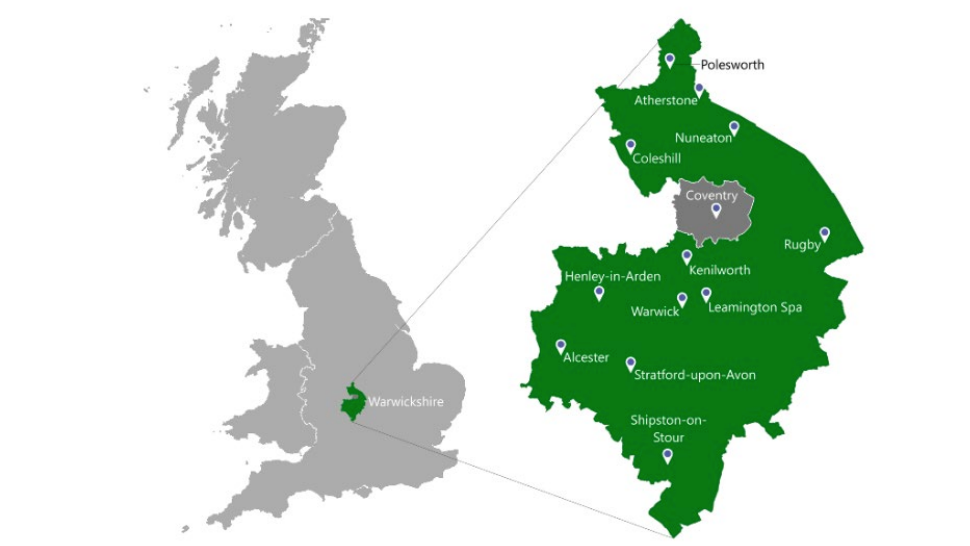
A two-council set-up would see Warwickshire divided
To keep to ministers' timetable, councillors in those areas have just under two months to come together and settle on what the future should look like.
Our political reporters have been looking at where they currently stand.
Staffordshire
Proposed changes to the county's set up has been dominated by disagreements, writes political reporter Jen Aitken.
But what the majority of the county's 10 current council leaders have agreed is that Staffordshire should be run by an elected mayor and by combining existing local authorities into two "super councils".
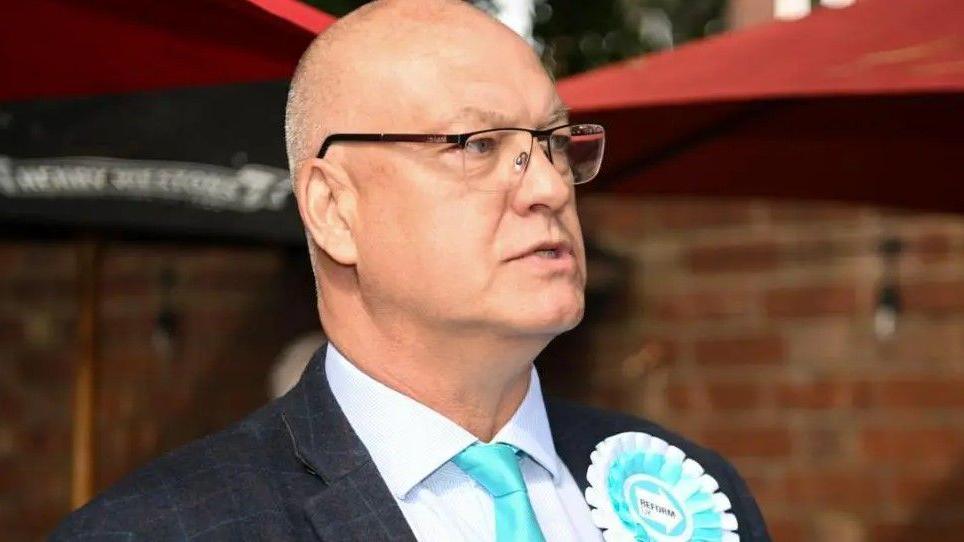
Reform-led Staffordshire County Council, led by Ian Cooper, put forward an east-west split of the county as its solution on the issue
But it gets much more complicated from there, with rows erupting over which areas make up those two super councils and exactly how the county would be carved up.
The Labour-run authorities of Stoke-on-Trent City Council and Stafford Borough Council have proposed North Staffordshire and South Staffordshire councils as their preferred options.
This has not gone down well with neighbouring authority Newcastle-under-Lyme, where the Tory leader said he would fight local government reorganisation.
Likewise, 8,000 people have signed a petition in the Staffordshire Moorlands in a campaign not to combine that area with Stoke-on-Trent.
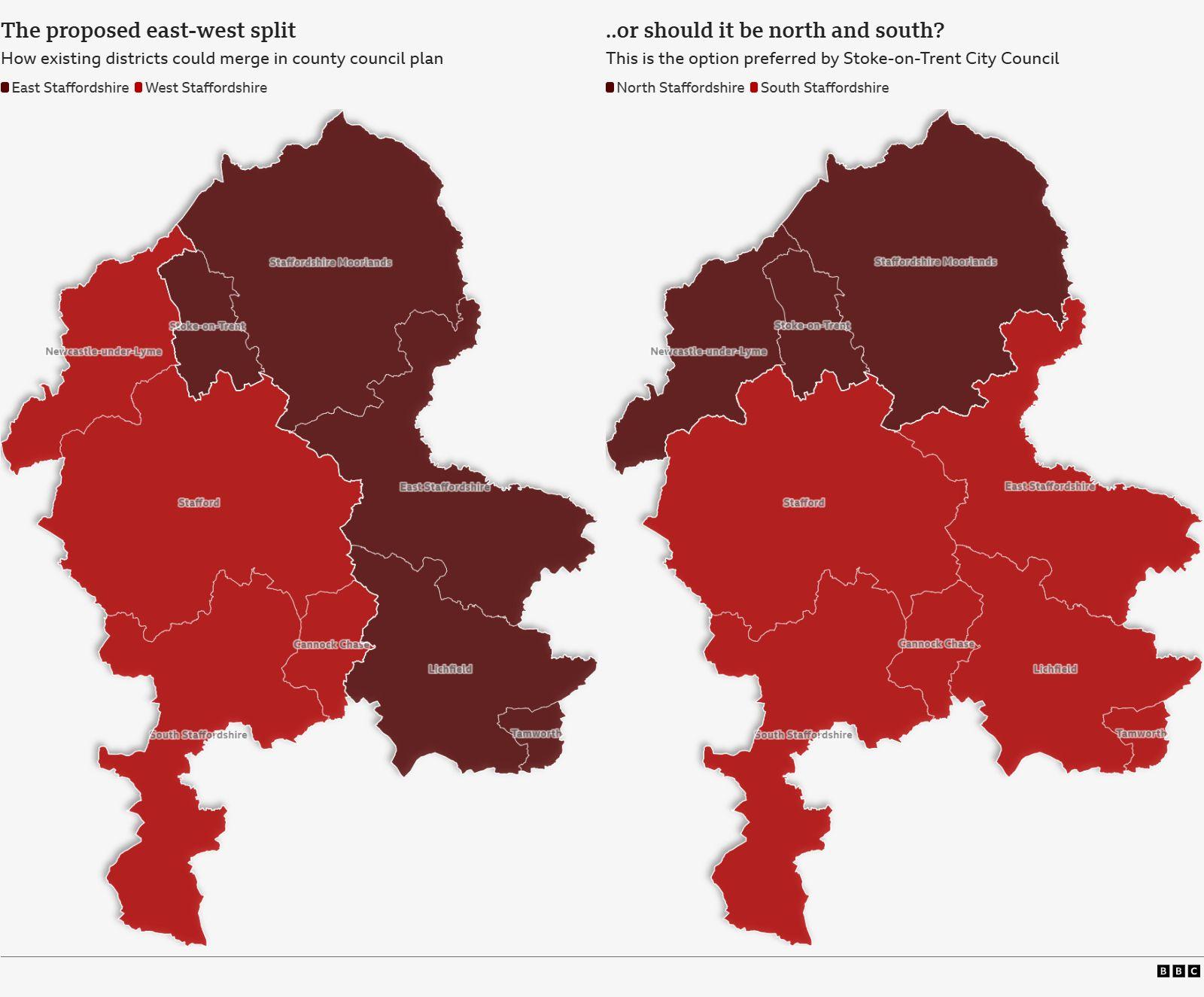
Rival proposals have been put forward for local government reorganisation in Staffordshire
The most recent - and most radical - proposal on the table was put forward by Reform-led Staffordshire County Council – an east-west split of Staffordshire.
This would see areas like Leek, Stoke-on-Trent, Lichfield and Tamworth form an East Staffordshire authority.
The West would be made up of the remaining county areas of Newcastle, Stafford, Cannock and South Staffordshire.
Reform said, given the government's metrics, this plan was the most equal split for business rates and council tax.
At the same time, they also generally opposed the idea of the reorganisation, with their deputy leader describing his own proposal as "insane".
In the middle of the dispute is Stoke-on-Trent City Council, a Labour-run unitary authority which has consistently relied on emergency government bailouts - with debt continuing to rack up, standing at £17m in 2025.
That's partly down to the spiralling cost of children's services, with more than 1,000 children in care in the city.
What could influence the government's decision, when considering various north-south or east-west split ideas, is creating a fair economic share of the debt.
Warwickshire

Warwickshire County Council, led by George Finch, has voted to back the single, large council option
Warwickshire could be a county divided – but not if the largest council in the county gets its way, writes political reporter Simon Gilbert.
Two options to reorganise local government are being put forward by the six councils in Warwickshire that currently exist, to create either two unitary authorities in the county or a single large council.
Reform-led Warwickshire County Council voted to back the single large council option.
Labour-led Rugby Borough Council will vote on the issue on 19 November but it's understood they too could be leaning towards the one council option.
Every other council in the county has backed the split-county option, which would see Green-led Warwick and Liberal Democrat-led Stratford district councils merge, to create a south Warwickshire authority.
The borough councils of Rugby, Tory-controlled North Warwickshire and Labour-led Nuneaton and Bedworth would join to form a north Warwickshire council.
The Labour government will ultimately have the final say and its guidance on minimum population sizes could be important.
The population of Warwickshire is about 600,000 and ministers said any new unitary authorities should have a population of at least 500,000 "to achieve efficiencies, improve capacity and withstand financial shocks".
Splitting the county would seem unlikely to satisfy that government diktat although the guidance, external does caveat "decisions will be on a case-by-case basis".
Worcestershire
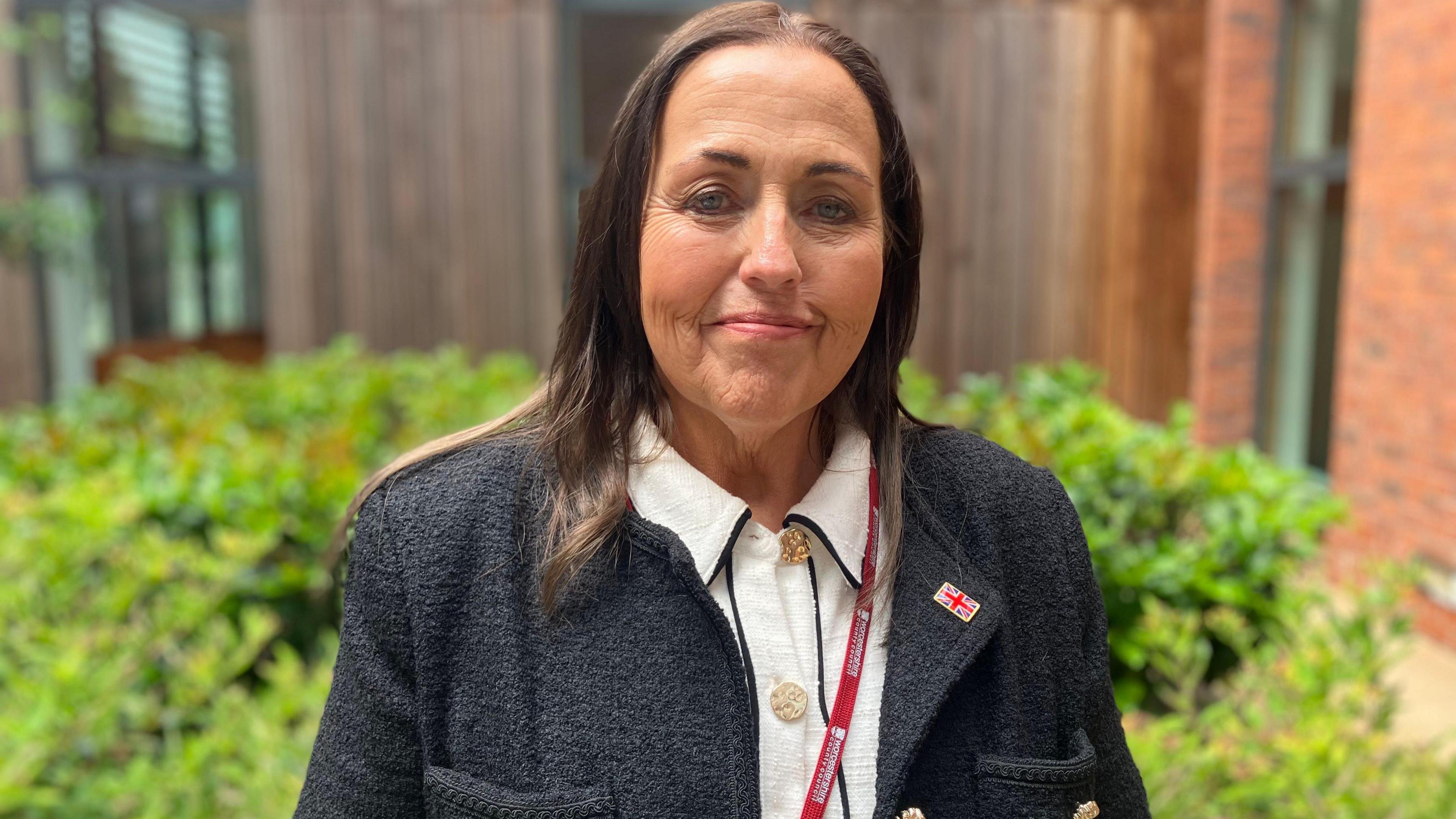
Worcestershire County Council, let by Joanne Monk, is in favour of abolishing all seven existing authorities
In Worcestershire a hard divide has formed - and it transcends party politics, writes political reporter Tom Edwards.
The Reform leadership at Worcestershire County Council is firmly in favour of abolishing all seven existing authorities and replacing them with one unitary "super council" - and it's a stance which is supported by Tory-led Wyre Forest District Council.
But all five other district councils in Worcestershire - including the likes of Labour-led Worcester, Conservative-led Bromsgrove and Independent-led Malvern - support splitting the county in two and are set to submit a rival proposal to the government before the November deadline.
One of the major implications is council tax, with extensive work already being done behind the scenes by the county council, to assess potential options for what householders might be expected to pay come 2028, when the new-look council (or councils) go live.
Some of those figures have been leaked to the BBC - with one set of data revealing how a single unitary council could prove more expensive to taxpayers than splitting the county in two and creating separate councils for north and south Worcestershire.
The data also revealed how people in areas including Evesham and Droitwich could face tax increases of more than £400 a year by 2028 compared to now, under a "high scenario" for band D bills in a unitary authority.
It's clear that council tax will rise to some extent anyway - that is par for the course - but splitting the county in two also brings its own unique challenges.
Under that scenario, early modelling suggests householders in the north of Worcestershire - Bromsgrove, Redditch and the Wyre Forest - are likely to be paying more than residents in the south, where the costs of running services like social care are likely to be lower.
Get in touch
Tell us which stories we should cover in Staffordshire
Follow BBC Stoke & Staffordshire on BBC Sounds, Facebook, external, X, external and Instagram, external.
- Published14 October

- Published18 February
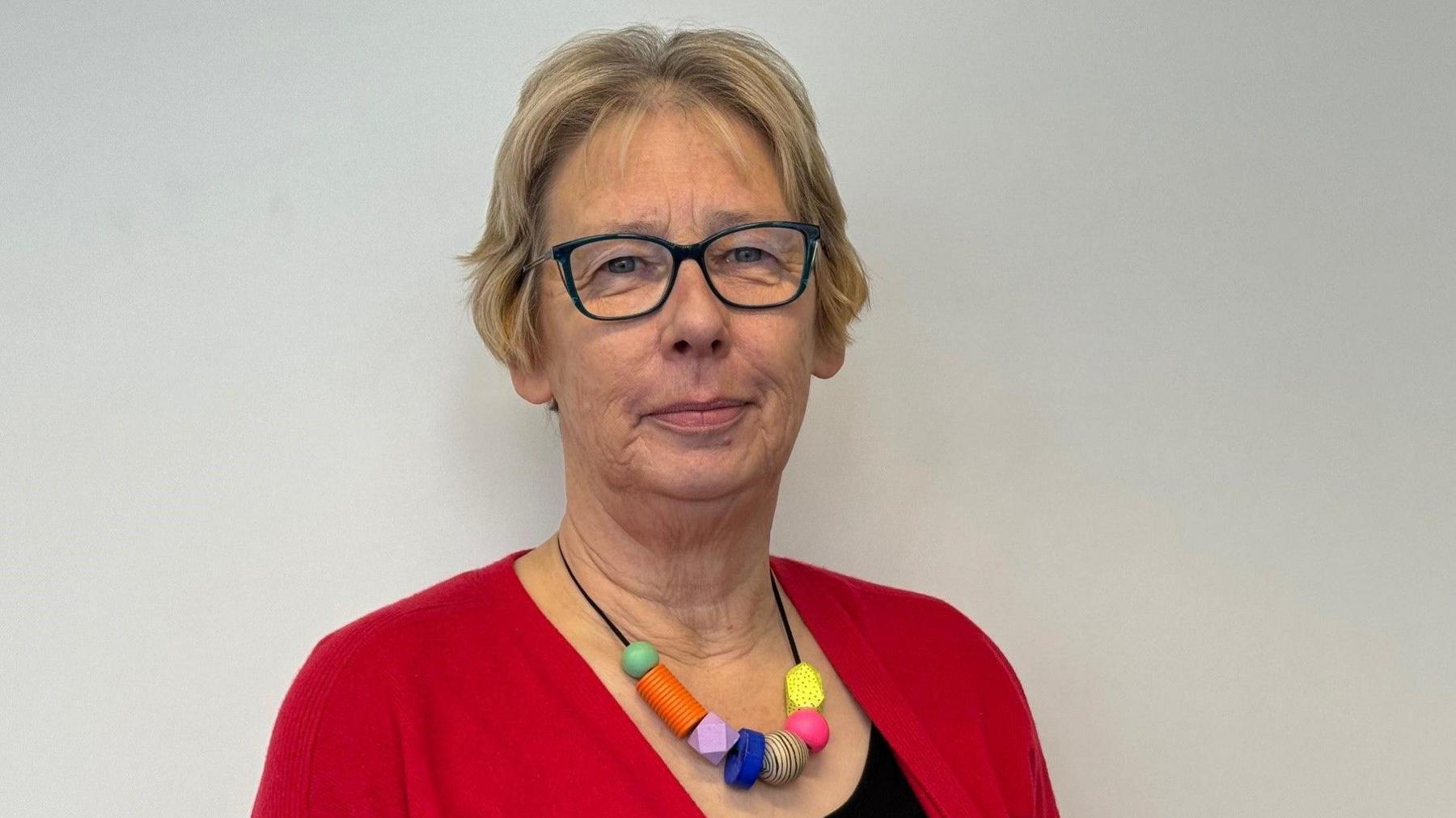
- Published19 March
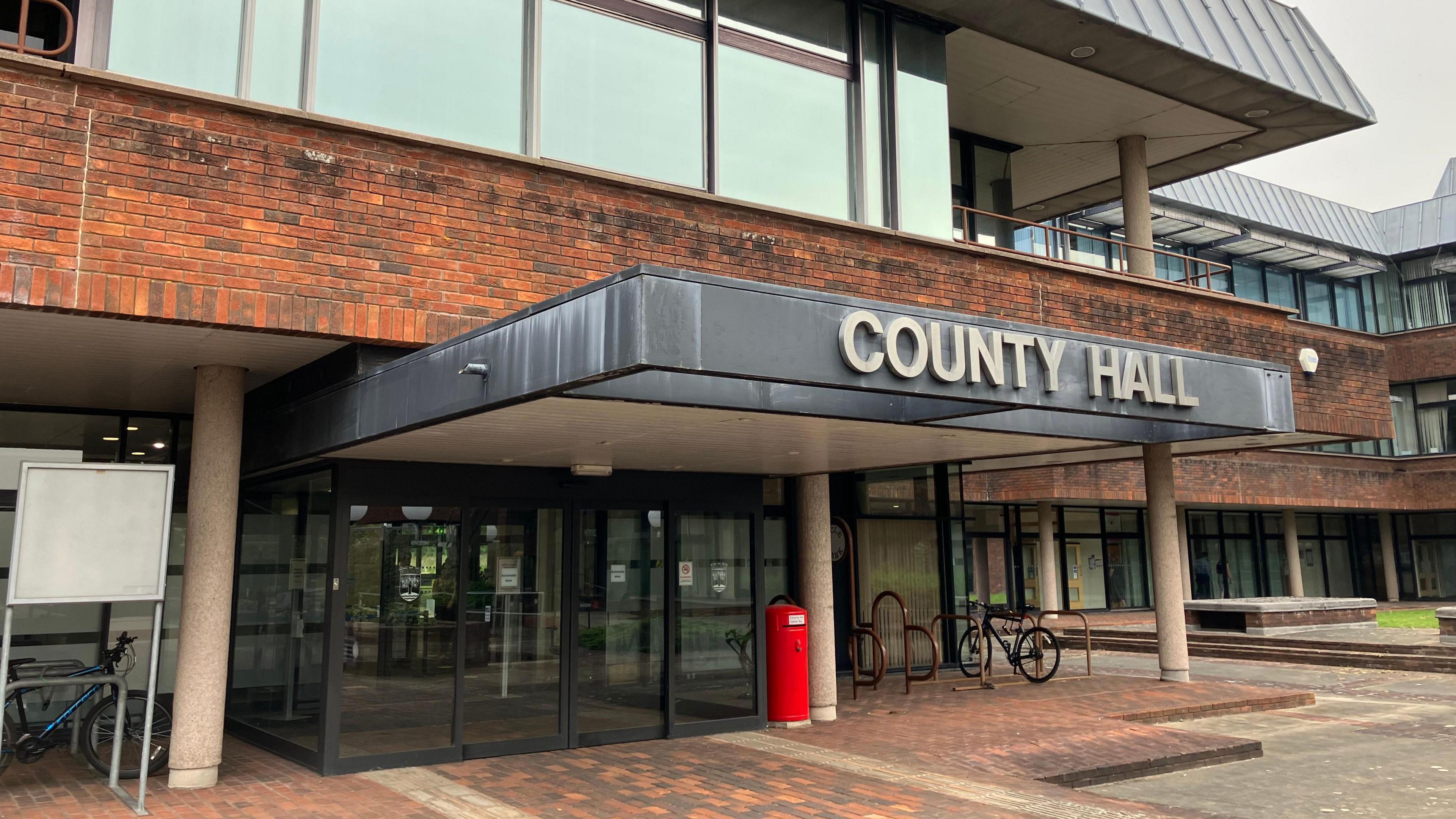
- Published9 July 2024
